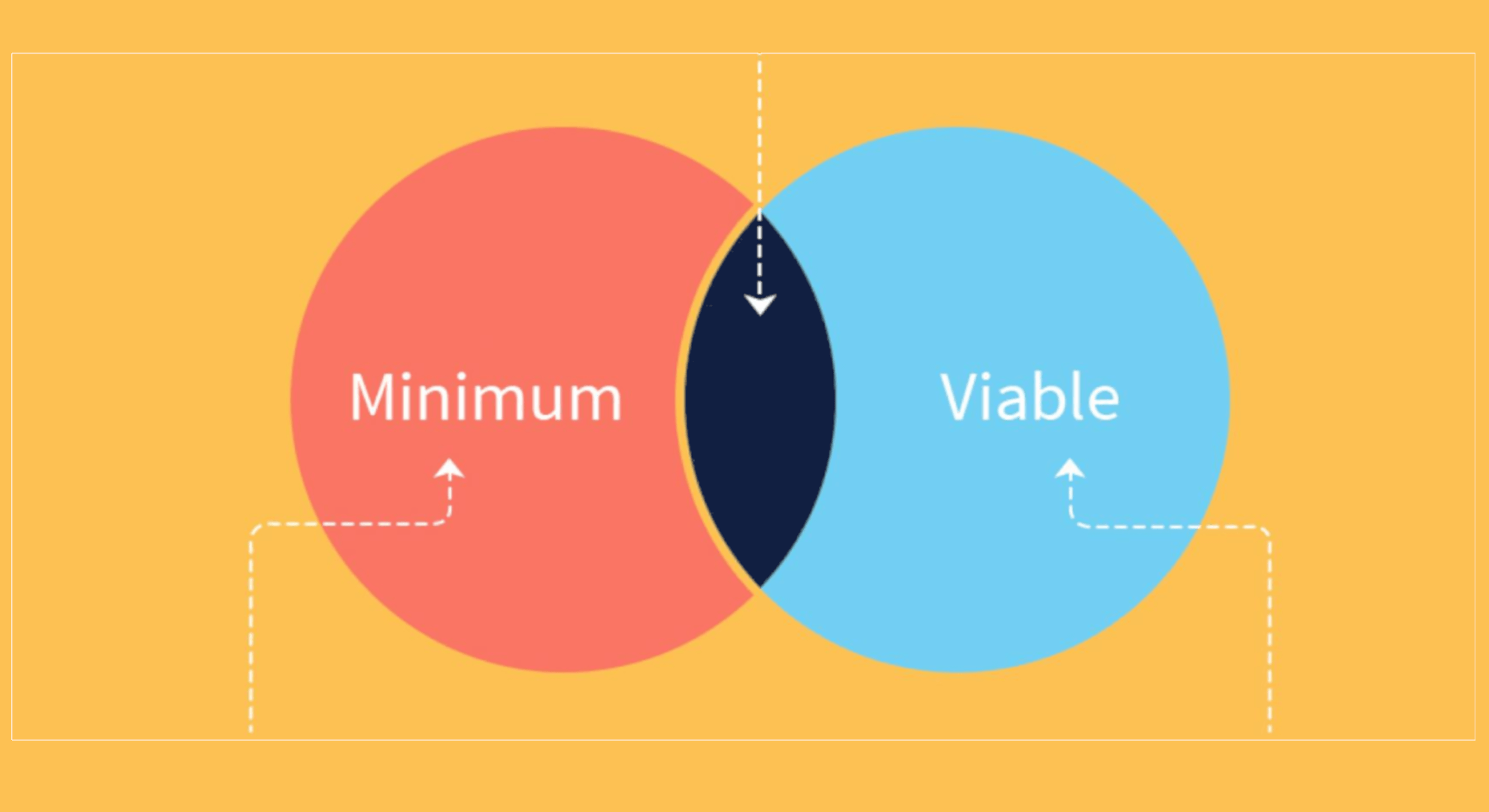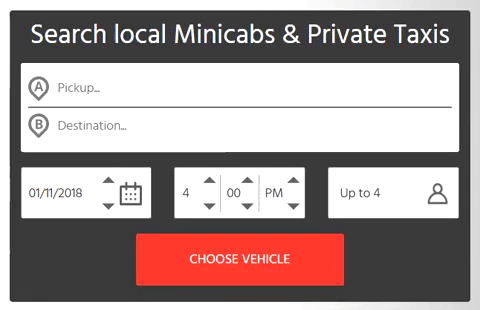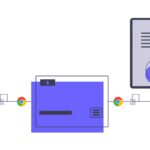Nick came to us with an idea for an app to book airport pick up and drop for the UK market. The idea represented a chunk of the market with substantial untapped potential and little competition until that point. We decided to do a rapid MVP to see how it could work in real life. We planned the MVP with all the right features, which were designed and tested specifically for the target customer base. It had the right functionality, the right marketing strategy, and there was a lot of initial interest. But the interest tapered off soon, and the indications all pointed to the concept has failed.




